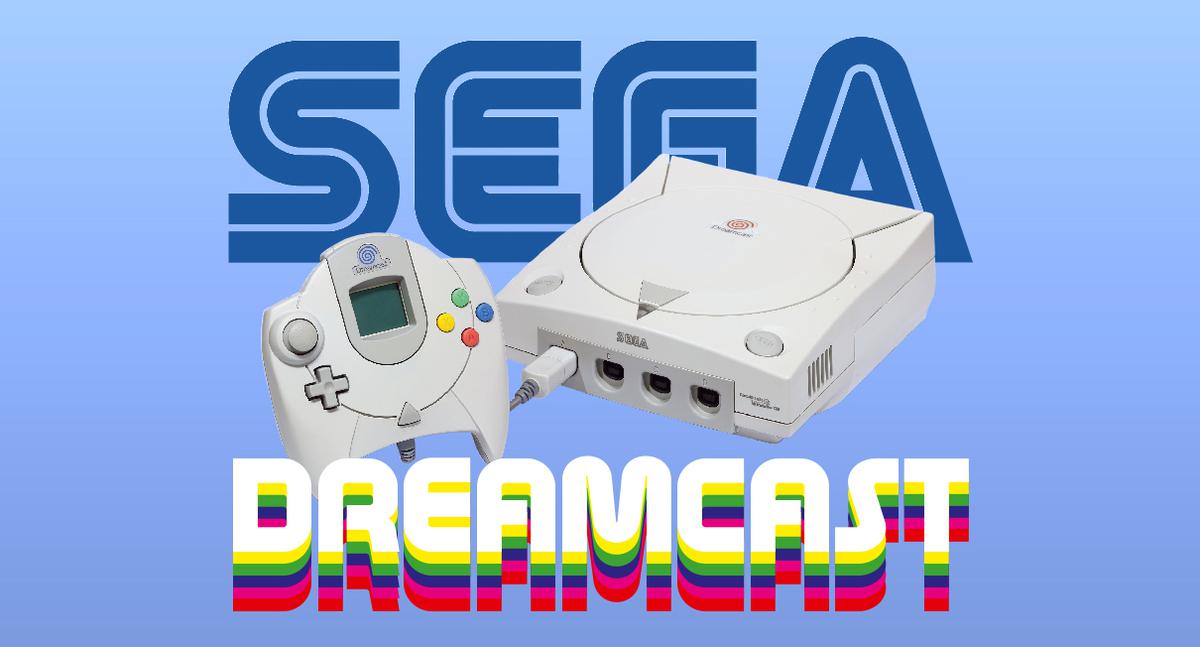At the end of the early 1990s console wars, Sega and Nintendo faced a new competitor, the Sony PlayStation. While each console had their strengths and weaknesses, the PlayStation ultimately went on to sell over twice the number of units of both the Sega Saturn and Nintendo 64 (their direct competitors) combined. With consoles capable of supporting more complex graphics than before, Sega decided to once again be ahead of its time—this time with the Sega Dreamcast.
During the mid 1990s, there were considerable disagreements between Sega of America and Sega of Japan—so much disagreement that Sega of Japan sent one of their own individuals, Shoichiro Irimajiri, to head Sega of America in 1996. The Nintendo 64 had significantly outsold the Sega Saturn, and massive layoffs happened as a result of the reduced business. By 1998, Sega discontinued the Saturn and began to focus on the Dreamcast, although plans for a next-gen console were in the works as early as 1995. Reports surfaced that Lockheed Martin, 3DO, Matsushita, and Alliance Semiconductor were all, at one point, tied to the development of the system that would eventually become the Dreamcast.
The Dreamcast was one of the first systems to have a modem built into the system itself, as Sega had anticipated that online gaming was the future. The system launched for 29,000 JPY (USD 199) in Japan in late 1998, with a launch in North America on September 9, 1999. The Japanese launch included Sonic Adventure and Virtua Fighter 3. Other successful games for the console included Soul Calibur, which helped the Dreamcast’s sales in Japan.
One of the signs of the beginning of the end for the Dreamcast was when Electronic Arts, the biggest third-party video game publisher, refused to develop games for the system. Despite strong early sales, the cracks began to show the following year. SegaNet was launched to help take advantage of the built-in modem in 2000 at a price of USD 21.95 a month; however, only one game was available at launch that had an online multiplayer element, a puzzle game called ChuChu Rocket!. Several other games would have this online support, including popular games such as Quake III Arena and Unreal
Tournament. The system also had its share of quirky games, such as Crazy Taxi, that helped launch the 2K franchise of games that are popular to this day, such as the NBA 2K series.
Despite the short life of the Dreamcast, one of the biggest titles ever released was Shenmue, which was, at the time, the most expensive game in history. The game was critically acclaimed for its 3D
environment, quick time events, day-night system, and graphics, another testament for being far ahead of its time. There was a sequel on the Xbox, and crowdfunding efforts went towards developing Shenmue III, which is slated for a 2018 release.
The Dreamcast also signaled the end of an era for Sega. It was discontinued in 2001, and Sega became a third-party software developer and publisher. This enabled video game icons such as Sonic the Hedgehog, once the mascot of Sega, to appear on other consoles. At the time, Dreamcast had visions of the future, but lacked third-party support that caused Sega to exit the console business. However, Sega is still a popular game developer and publisher to this day, and the transition away from consoles was the catalyst to reposition itself in the unpredictable world of video games.
Also published in GADGETS MAGAZINE August 2017 Issue
Words by Jose Alvarez
